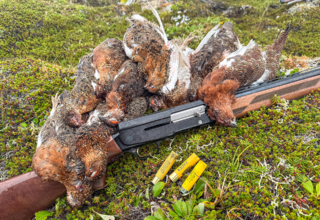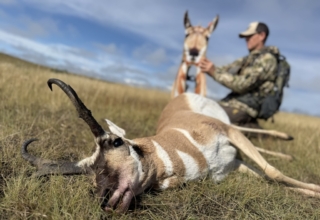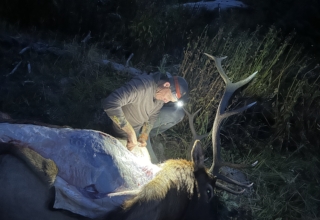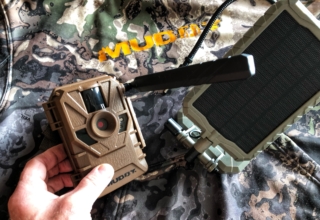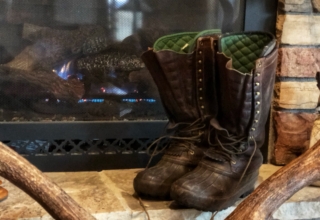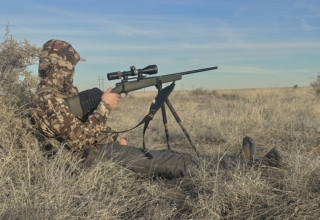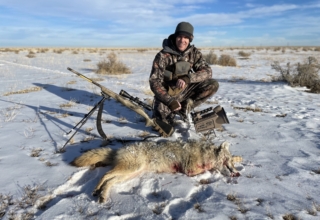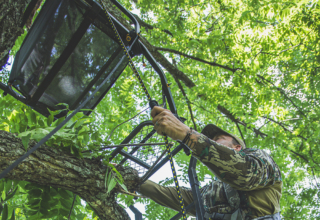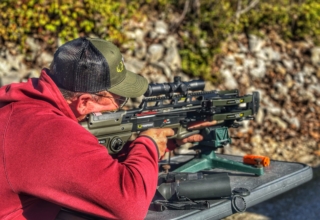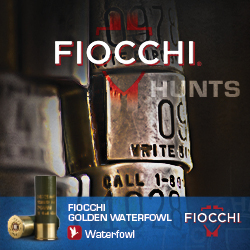The Coyote rut is on, and howling is the answer to popping more pelts.
by Mark Kayser
Look at the remote control from any new electronic caller these days, and your mind begins to reel from all the sound options available. The finite options, like the menu at an expensive restaurant, not only hypnotize you but even make you question what the sound is with names made to dazzle, not describe.
Take a break from comprehending the craziness of too many sounds for calling coyotes. Instead of piecing together an animal world message that makes sense, please keep it simple with coyote vocalizations. Now is the time to put those simple sounds to work for you as coyotes pair up for breeding and litter duties ahead. February is coyote breeding season. Although coyotes still need to eat, to be honest, the drive involved with love and procreation is strong. That’s what is really driving coyote activity and howls can steer action your way.
Gearing up for howling could be affordable or set you back several hundred bucks if an electronic caller is your answer. Review your bank account and discuss purchases with your spouse to get the answer. Let’s start with the affordable. Most elk diaphragms have the pitch variability to create a realistic howl. Cut the bottom off a plastic soda bottle and trim the sipping end to the size of your mouth to create a super affordable howler. Watch an old spaghetti cowboy western and mimic the nighttime sounds of howling coyotes.
A better idea is to purchase a product designed to create the howls of a coyote with a little more design effort than a box cutter on a soda bottle. Rocky Mountain Hunting Calls are my go-to for howlers. They offer four different howlers, three with open reed design and the Stealth Yote Howler, my favorite, that teams with a diaphragm. The V.E.T.T. (volume, enhanced, tone, technology) system is a spring-like element in the mouthpiece. It increases volume, stabilizes those high-pitched howls, aids in aggressive barks, and allows you to use less lung power. If you can work a diaphragm for elk or turkey hunting, look at this versatile option for howling coyotes.
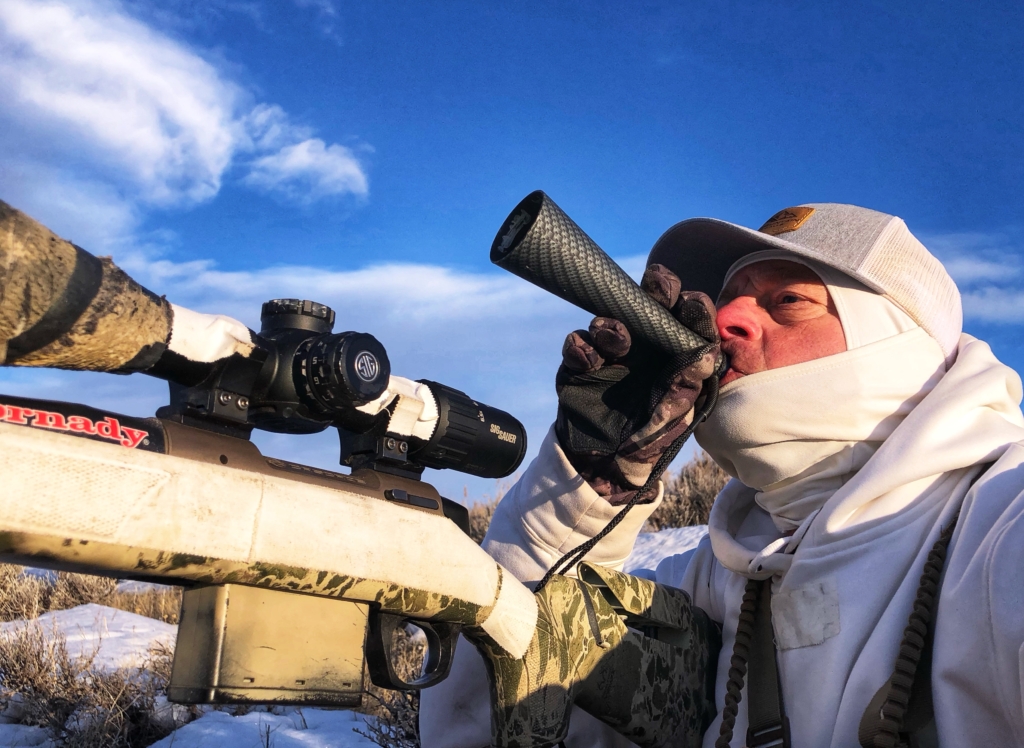
As for electronic callers, the options are nearly unlimited. For an affordable option, the Western Rivers Mantis Pro 400 comes preloaded with at least 15 different howls ranging from dominant male howls down to pup howling and everything imaginable in between. These and a bevy of other prey sounds make sure you never need lip balm while calling too much with your mouth during the hunt. FoxPro, Primos, Wild Game Innovations, ICOtec, and more offer many call options along with libraries of sounds that would make the Carnegie Library system jealous.
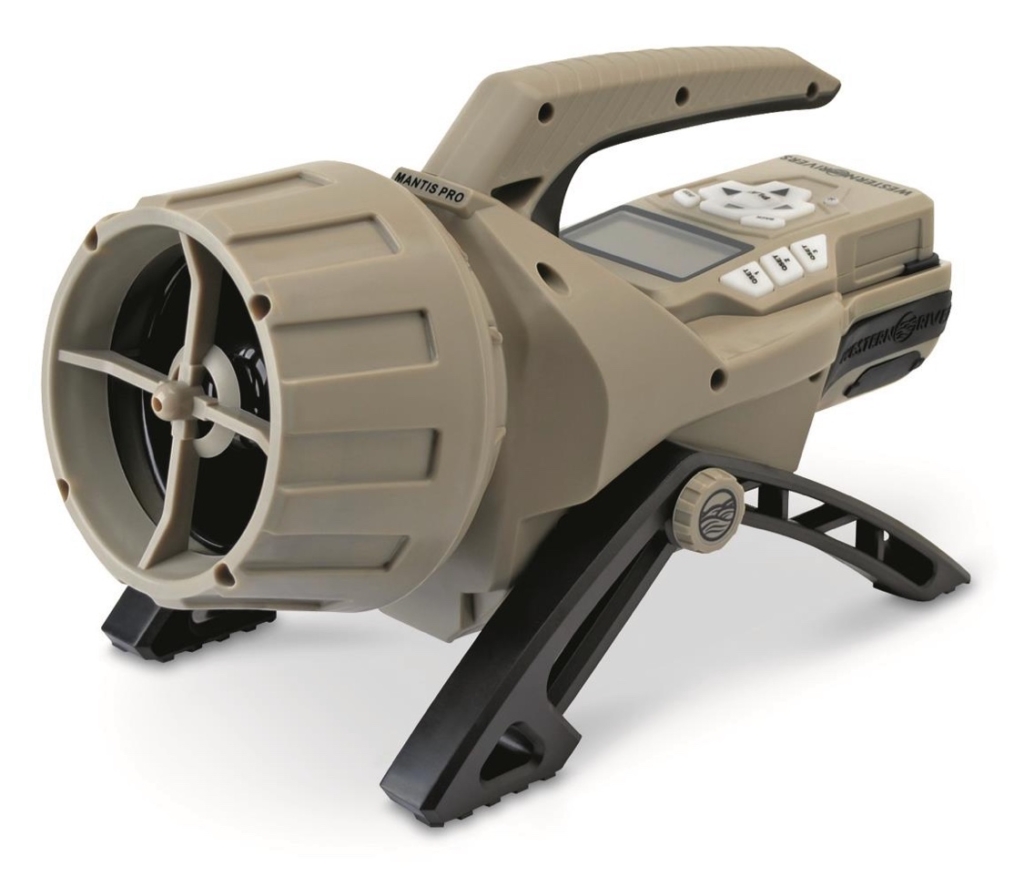
Count your pennies and decide how you want to join the pack. If you want to know the truth, using both has advantages. Place your electronic caller out in front of your position, rip a howl or two on it, and then answer it with your mouth call. Coyotes easily decipher the separation and may believe they are missing the neighborhood block party. Now, let’s talk howls.
Lone Howl
There is no need to be as extravagant as the New York Symphony Orchestra with your coyote howls. Sometimes simple is the best recipe. Start by sending a short series of long, mournful howls (3-4 is ideal) across the landscape to advertise a non-threatening intrusion. The message here is that of a lone coyote looking for companionship. That alone could spark a coyote to trot over and see who is lurking in the neighborhood. It could also incite a pair in an already established territory to visit your location with bad intentions of running you out.
Unfortunately, coyotes do not always return howl with courtesy. I believe that the ones who do answer are likely dominant, and when I’ve shot a coyote who did answer, they are often adults, not pups of the year.
Coyotes I’ve shot that show up silent with a guarded approach are oftentimes those pups of the year not wishing for an all-out brawl but maybe a gentle butt sniff.
You have two options if you get a coyote to respond with a similar howl. You can give a short “Hey, I’m over here” howl or go quiet and let coyote curiosity take its course. My response is to mimic what I hear. Again, from years of experience, if they answer closer, they are looking for you so give them another response to let them mark a waypoint of your location. No worries if you feel the coyote is too close or do not feel comfortable howling again. They likely have you marked with 100 square yards and, if still curious, will appear. You can either mimic the sound or stay silent. I have had luck with either tactic, but I am a conversationalist, so I generally talk back.
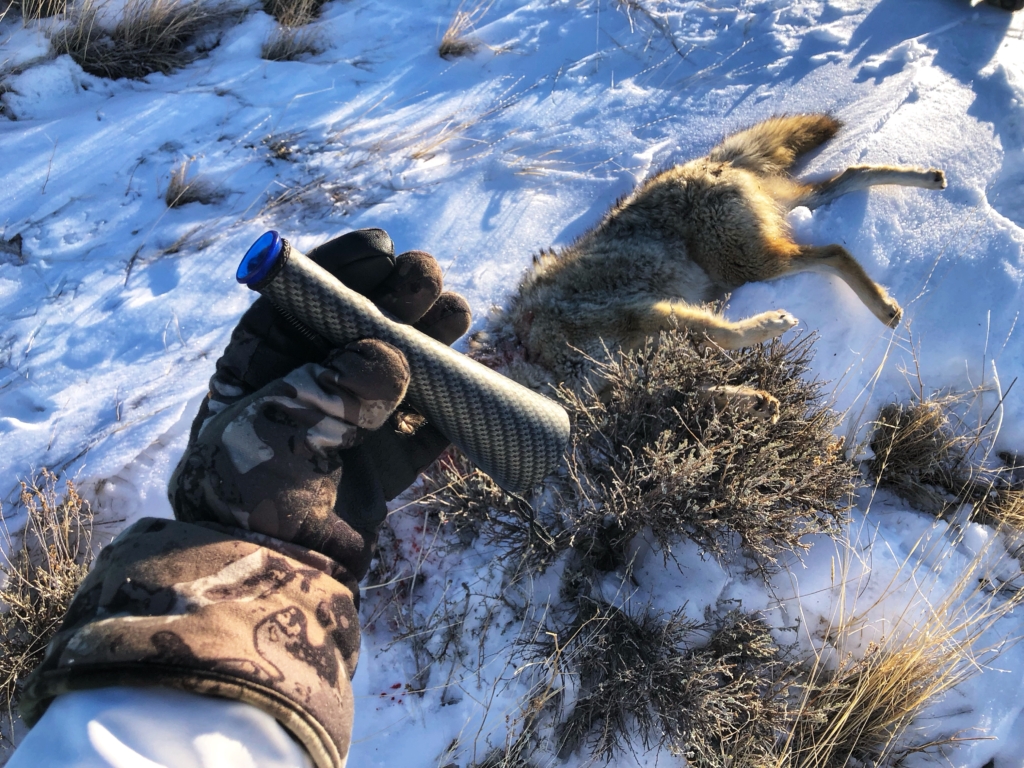
Pack Howl
Although February tends to be when coyotes separate or run in pairs, packs still gather for hunting and companionship. An imitation of a pack of coyotes howling at sunset or sunrise has merit in sparking a showdown. It can be difficult to pack howl with a mouth call, but to change the tone and sound like more than one coyote, swap diaphragms, hit different pitches between howls, and bite down on any open reed howler in a different location to change pitch.
Having a partner answer your howls while watching your six also works. My primary partner is my border collie, Sully. About two years ago, he joined my howling, so our sets sound like an older adult coyote, along with Sully’s mournful howl and my younger, yippy howl. Yes, we are our own “Hangover” wolf pack, and the realism has duped many a coyote, a handful of them just in the last week alone.
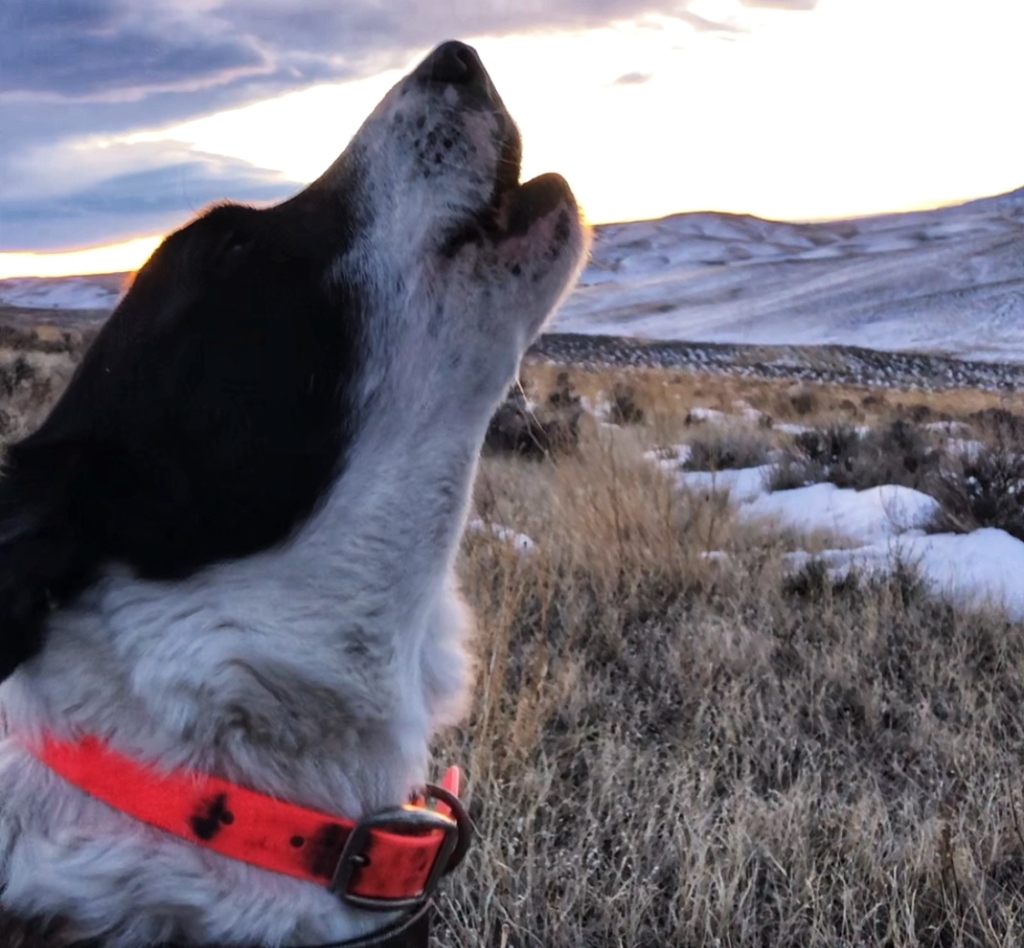
Of course, your electronic caller includes a library of pack howls. Many are described under the Coyote Locator category or look for pups howling. These pack sounds are standard at dawn or dusk with lots of yipping. Any pair or pack that hears another pack of coyotes in their territory may patrol your sector for the invaders. If a coyote or coyotes answer, but do not appear after an hour, mark the location of where their howls originated from. That marker on your hunting app is a great place to set up for a later hunt, as they may be held up on the edge of their territory.
Challenge Howl
Finally, you may also get a coyote to howl back with a shorter, zippier howl followed by a bark or two. That is a challenge howl. This is as promising as a lone howl return, if not better. The challenge howl states that you are a trespasser, and the coyote is not pleased with your presence. You stand a great chance of that coyote showing itself as it patrols for the trespasser (you). You may not want to return with a challenge howl in a wide-open country.
Why?
If the coyote does not see the creator of the sound, it could raise a red flag and cause it to retreat. On most of my sets, I prop a Montana Decoy Sitting Coyote decoy in view to boost any coyote’s confidence that trots onto the scene. They hear the howl, see the decoy, and may approach or, at the very least, stop to investigate. A misting of coyote urine around the decoy also aids in creating the full illusion of another coyote.
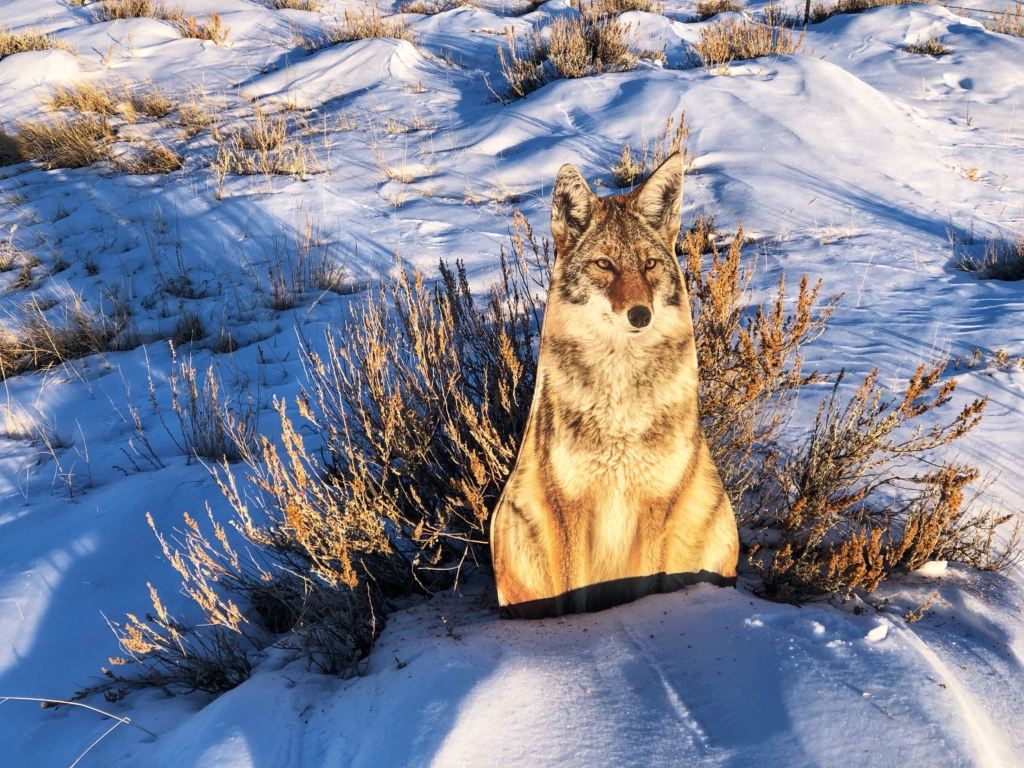
In rough country, answering a challenge howl with a challenge howl is the right answer. Terrain and vegetation spur the coyote to hunt through the topography to find the loudmouth and, hopefully, your V-Max. As I mentioned earlier, I use my dog as a decoy. A few days ago, a pack answered us a mile away. Thirty minutes later, a lone coyote appeared at 300 yards and started challenge howling. I challenged back and, after 10 minutes, had my dog sit up, walk around me, and lay down again. It pissed the coyote off, but he would not come any closer than 260 yards.
Twenty minutes into the best coyote theatrics I’ve seen, the coyote turned with a hint of leaving. I challenged howled him again with Sully beside me bristlin. I ended the conversation with 50 grains of red-tip love. The coyote turned out to be an adult male, over 30 pounds, sporting a fur coat the rich and famous would adore.
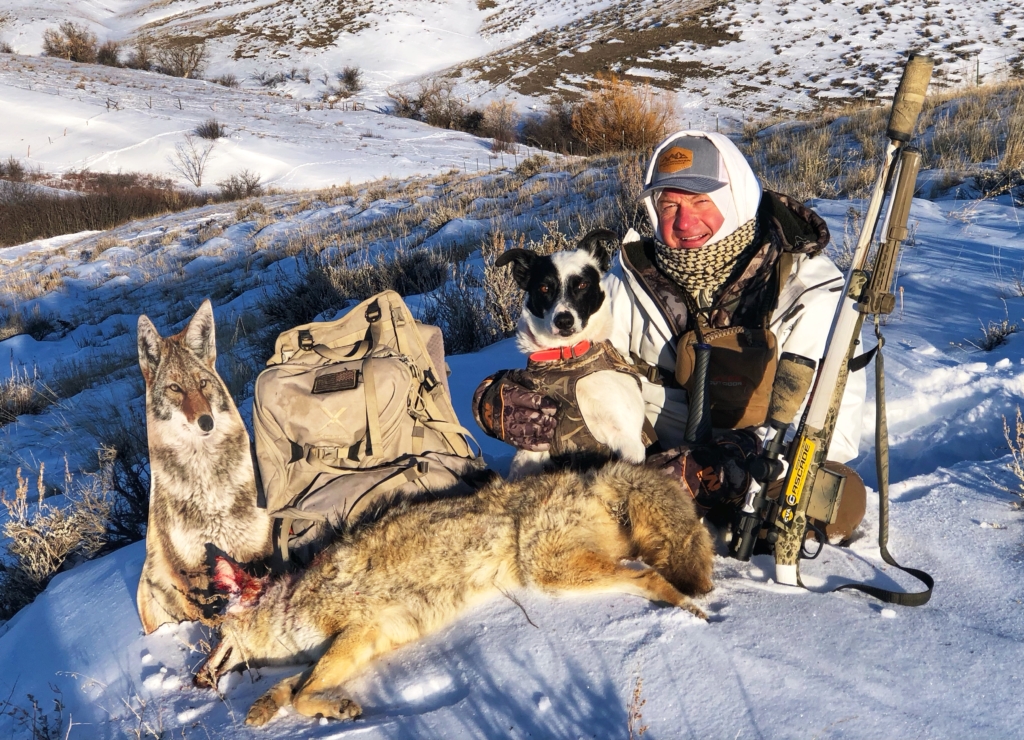
With all howling, do not get anxious. Patience and time are your friends. I rarely leave a stand before an hour when I’m howling. Most of my kills take place at the 30-minute mark or after. Once in a great while, a coyote is close and appears soon after the howling. On average, coyotes respond approximately one mile away and take 30-45 minutes to reach rifle range.
No coyote tactic is 100 percent. However, howling moves to the top of the list this time of year. It is practical, engaging, and more fun than you should have sitting in a snowbank. Get out and howl your way to your next coyote.


